Reviving Tradition: Modern Designers Weaving Patola into Contemporary Fashion
The timeless elegance of Patola, a traditional Indian handloom weave, has been captivating fashion enthusiasts for centuries. Once reserved for royalty and the affluent, Patola sarees are now experiencing a renaissance, thanks to modern designers who are infusing contemporary elements into this ancient art. This resurgence is not just about preserving a craft but also about pushing the boundaries of fashion, making Patola relevant in today's style landscape. In this blog, we delve into the insights of modern designers, explore future trends and innovations, and highlight the collaborative efforts between weavers and designers that are breathing new life into Patola.
Insights from Modern Designers: Incorporating Patola into Contemporary Fashion
- Balancing Tradition and Modernity
Modern designers face the challenge of maintaining the authenticity of Patola while making it appealing to today's fashion-forward consumers. Designers like Gaurang Shah and Rahul Mishra have mastered this balance by integrating traditional Patola motifs with contemporary silhouettes. Shah’s collections often feature Patola in fusion wear, combining sarees with modern blouses or pairing traditional patterns with Western-style gowns. Mishra, on the other hand, incorporates Patola into high-fashion runway pieces, showcasing the versatility and timeless appeal of the weave.
- Innovative Use of Colors and Patterns
Traditionally, Patola sarees are known for their vibrant colors and intricate geometric patterns. Modern designers are experimenting with these elements, introducing pastel shades and abstract designs that cater to a younger audience. Anju Modi, for instance, has been at the forefront of this innovation, creating collections that blend traditional patterns with modern aesthetics. Her approach involves subtle color palettes and minimalistic designs that resonate with contemporary fashion sensibilities.
- Sustainable Fashion and Ethical Practices
The global shift towards sustainable fashion has also influenced how designers incorporate Patola. Many are now focusing on ethical practices, ensuring that the production process respects both the artisans and the environment. Designers like Sabyasachi Mukherjee emphasize the importance of slow fashion, creating pieces that are timeless and not dictated by fleeting trends. By using natural dyes and promoting handloom weaving, they are not only preserving the craft but also making a statement about the value of sustainability in fashion.
Future Trends and Innovations as Seen by Designers
- Tech-Enhanced Weaving Techniques
The integration of technology in traditional weaving processes is seen as a promising innovation. Designers and textile technologists are exploring ways to enhance the precision and efficiency of Patola weaving without compromising its handmade essence. Digital looms and advanced dyeing techniques are some of the innovations that could revolutionize Patola, making it more accessible and affordable while maintaining its high quality.
- Global Fusion and Cross-Cultural Designs
The global appeal of Patola is leading to exciting cross-cultural collaborations. Designers are incorporating elements from different cultures, creating fusion pieces that appeal to a diverse audience. For instance, incorporating Japanese motifs or African tribal patterns into Patola designs could open up new markets and attract global fashion enthusiasts. Such innovations not only celebrate the rich heritage of Patola but also highlight the universality of artistic expression.
- Customization and Personalization
As fashion becomes increasingly personalized, the demand for customized Patola pieces is on the rise. Modern consumers seek unique, bespoke garments that reflect their individual style. Designers are responding by offering customization options, allowing clients to choose colors, patterns, and even specific motifs that hold personal significance. This trend not only enhances the customer experience but also fosters a deeper connection between the wearer and the weaver.
Collaboration Experiences Between Weavers and Designers
- Building Mutual Respect and Understanding
Successful collaborations between weavers and designers are built on mutual respect and understanding. Designers who immerse themselves in the weavers' world, understanding their challenges and appreciating their skills, create more meaningful and respectful partnerships. For instance, Anita Dongre’s Grassroot initiative focuses on empowering artisans by involving them in the design process, ensuring their traditional knowledge is respected and preserved.
- Workshops and Skill Development
Collaborative workshops are becoming a cornerstone of the designer-weaver relationship. These workshops serve as platforms for knowledge exchange, where designers learn traditional techniques, and weavers are exposed to contemporary design trends. Such interactions not only enhance the quality of the final product but also contribute to the skill development of the artisans, ensuring the craft's longevity.
- Economic Empowerment and Fair Compensation
Ensuring fair compensation and economic empowerment for weavers is crucial for the sustainability of the craft. Designers committed to ethical fashion ensure that weavers receive a fair share of the profits, recognizing their invaluable contribution to the fashion industry. Initiatives like these are essential for creating a sustainable ecosystem where traditional crafts can thrive alongside modern fashion.
Conclusion
The revival of Patola in contemporary fashion is a testament to the enduring beauty and versatility of this ancient craft. Modern designers are not only preserving the rich heritage of Patola but also pushing its boundaries, making it relevant for today’s fashion-savvy consumers. Through innovative designs, sustainable practices, and meaningful collaborations with weavers, they are ensuring that Patola continues to be a cherished art form for generations to come. As we look to the future, the fusion of tradition and innovation promises an exciting journey for Patola, weaving a narrative that celebrates both its historical significance and its modern-day relevance.

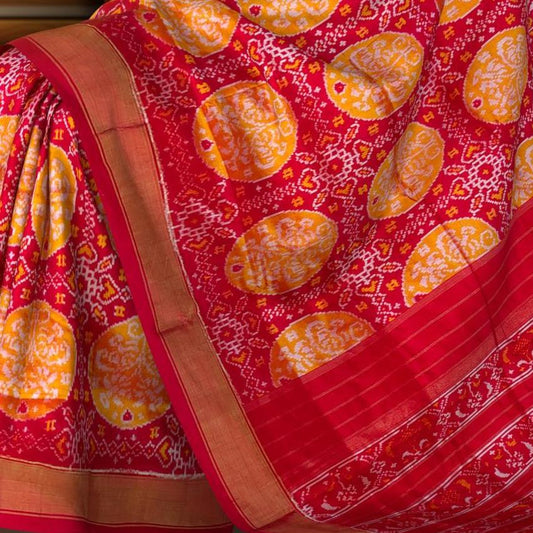
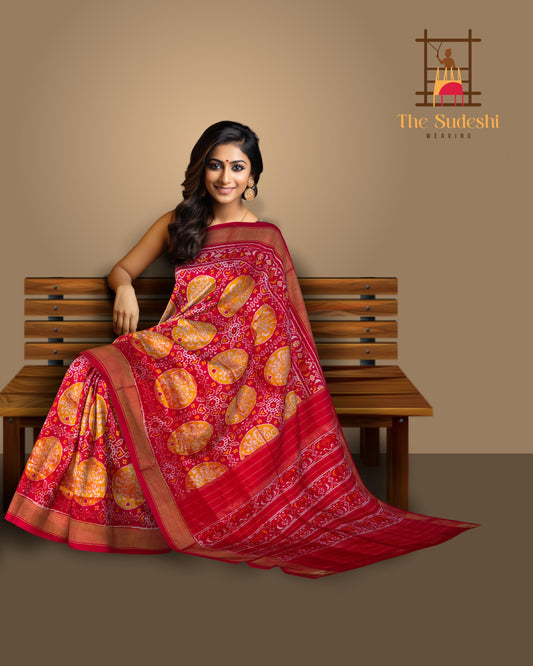
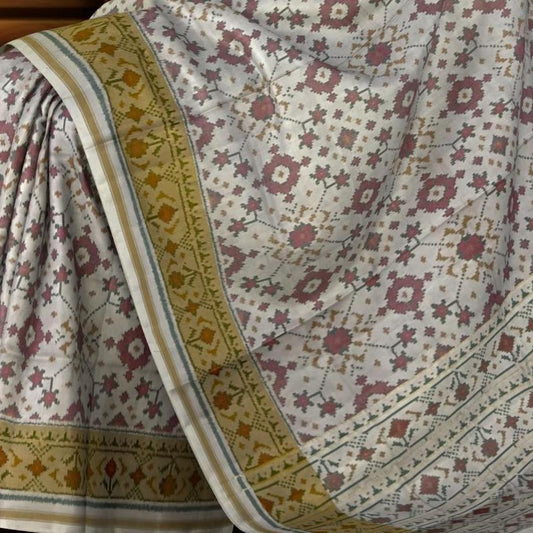
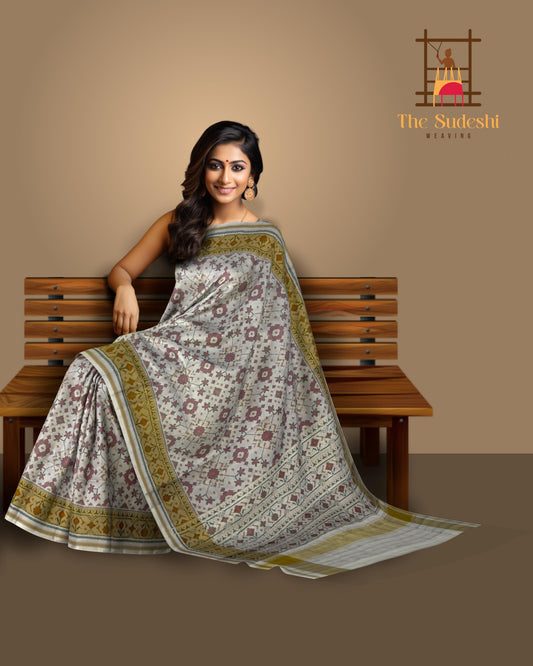
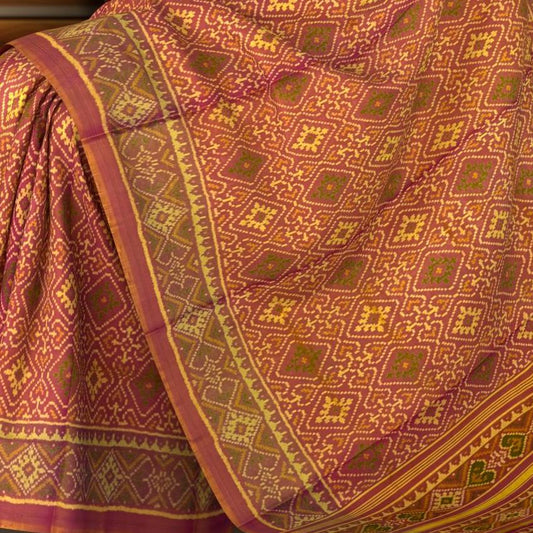
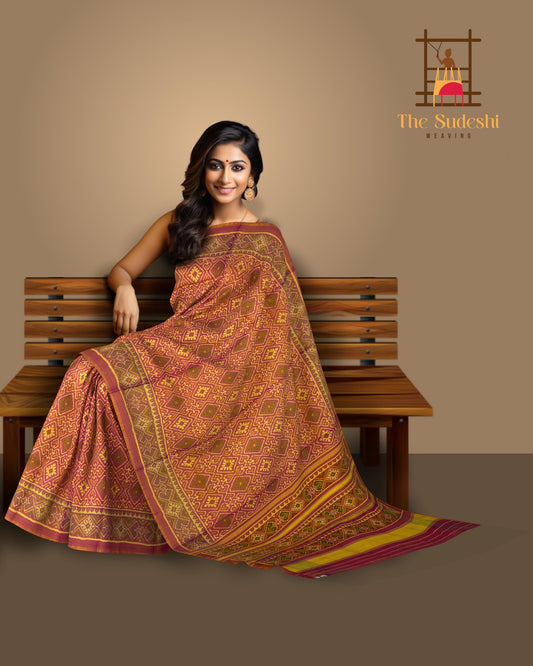
Leave a comment
Please note, comments need to be approved before they are published.